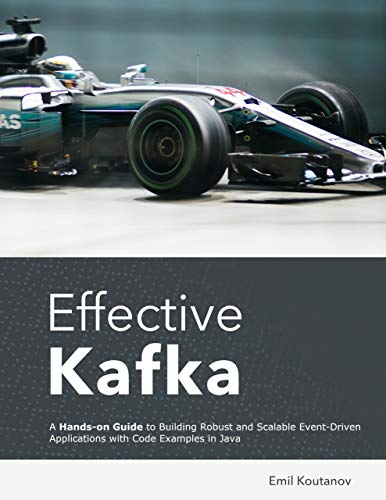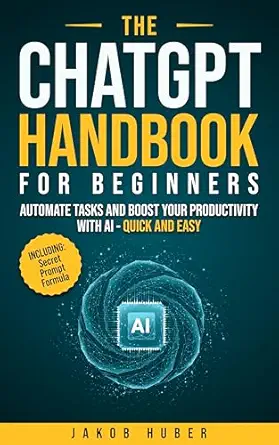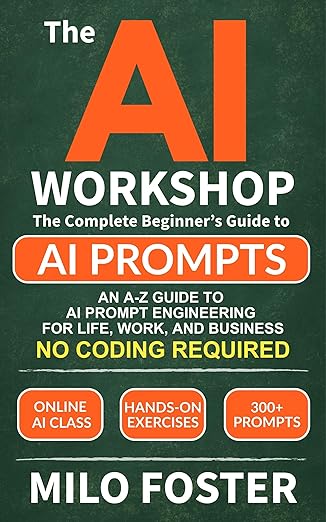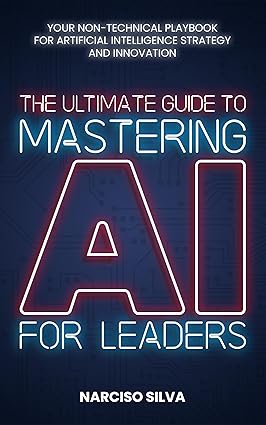The software architecture landscape has evolved dramatically over the past decade. Microservices have displaced monoliths. Data and applications are increasingly becoming distributed and decentralised. But composing disparate systems is a hard problem. More recently, software practitioners have been rapidly converging on event-driven architecture as a sustainable way of dealing with complexity — integrating systems without increasing their coupling.
In Effective Kafka, Emil Koutanov explores the fundamentals of Event-Driven Architecture — using Apache Kafka — the world's most popular and supported open-source event streaming platform.
You'll learn:
• The fundamentals of event-driven architecture and event streaming platforms
• The background and rationale behind Apache Kafka, its numerous potential uses and applications
• The architecture and core concepts — the underlying software components, partitioning and parallelism, load-balancing, record ordering and consistency modes
• Installation of Kafka and related tooling — using standalone deployments, clusters, and containerised deployments with Docker
• Using CLI tools to interact with and administer Kafka classes, as well as publishing data and browsing topics
• Using third-party web-based tools for monitoring a cluster and gaining insights into the event streams
• Building stream processing applications in Java 11 using off-the-shelf client libraries
• Patterns and best-practice for organising the application architecture, with emphasis on maintainability and testability of the resulting code
• The numerous gotchas that lurk in Kafka's client and broker configuration, and how to counter them
• Theoretical background on distributed and concurrent computing, exploring factors affecting their liveness and safety
• Best-practices for running multi-tenanted clusters across diverse engineering teams, how teams collaborate to build complex systems at scale and equitably share the cluster with the aid of quotas
• Operational aspects of running Kafka clusters at scale, performance tuning and methods for optimising network and storage utilisation
• All aspects of Kafka security —including network segregation, encryption, certificates, authentication and authorization.
The coverage is progressively delivered and carefully aimed at giving you a journey-like experience into becoming proficient with Apache Kafka and Event-Driven Architecture. The goal is to get you designing and building applications. And by the conclusion of this book, you will be a confident practitioner and a Kafka evangelist within your organisation — wielding the knowledge necessary to teach others.
چکیده فارسی
چشم انداز معماری نرم افزار در دهه گذشته به طرز چشمگیری تکامل یافته است. میکروسرویس ها یکپارچه ها را جابجا کرده اند. داده ها و برنامه های کاربردی به طور فزاینده ای در حال توزیع و غیرمتمرکز شدن هستند. اما ایجاد سیستم های متفاوت یک مشکل سخت است. اخیراً، متخصصان نرمافزار به سرعت در معماری رویداد محور بهعنوان روشی پایدار برای مقابله با پیچیدگی - یکپارچهسازی سیستمها بدون افزایش اتصال آنها، همگرایی کردهاند.
در کافکا مؤثر، امیل کوتانوف اصول معماری رویداد محور را - با استفاده از آپاچی کافکا - محبوبترین و پشتیبانیشدهترین پلتفرم جریان رویداد متنباز در جهان، بررسی میکند.
یاد خواهید گرفت:
• اصول معماری رویداد محور و بسترهای جریان رویداد
• پیشینه و منطق پشت آپاچی کافکا، کاربردها و کاربردهای بالقوه متعدد آن
• معماری و مفاهیم اصلی - اجزای نرم افزار زیربنایی، پارتیشن بندی و موازی سازی، تعادل بار، ترتیب رکورد و حالت های سازگاری
• نصب کافکا و ابزارهای مرتبط — با استفاده از استقرارهای مستقل، خوشه ها، و استقرارهای کانتینری با Docker
• استفاده از ابزارهای CLI برای تعامل و مدیریت کلاس های کافکا، و همچنین انتشار داده ها و مرور موضوعات
• استفاده از ابزارهای شخص ثالث مبتنی بر وب برای نظارت بر یک خوشه و به دست آوردن اطلاعات بینش در مورد جریان رویداد
• ساخت برنامه های پردازش جریانی در جاوا 11 با استفاده از کتابخانه های مشتری خارج از قفسه
• الگوها و بهترین روش برای سازماندهی معماری برنامه، با تاکید بر قابلیت نگهداری و تست پذیری کد حاصل
• گوچاهای متعددی که در پیکربندی مشتری و کارگزار کافکا در کمین هستند و نحوه مقابله با آنها
• پیشینه نظری در محاسبات توزیع شده و همزمان، بررسی عوامل موثر بر حیات و ایمنی آنها
• بهترین روش ها برای اجرای خوشه های چند مستاجر در میان تیم های مهندسی متنوع، نحوه همکاری تیم ها برای ساختن سیستم های پیچیده در مقیاس و به اشتراک گذاری عادلانه خوشه با کمک سهمیه ها
• جنبه های عملیاتی اجرای خوشه های کافکا در مقیاس، تنظیم عملکرد و روش های بهینه سازی شبکه و استفاده از ذخیره سازی
• همه جنبه های امنیت کافکا - از جمله جداسازی شبکه، رمزگذاری، گواهی ها، احراز هویت و مجوز.
پوشش به تدریج ارائه میشود و با دقت هدف آن ارائه تجربهای شبیه به سفر برای مهارت داشتن با آپاچی کافکا و معماری رویداد محور است. هدف این است که شما را به طراحی و ساخت برنامه های کاربردی وادار کند. و با پایان این کتاب، شما یک تمرینکننده مطمئن و یک بشارتدهنده کافکا در سازمان خود خواهید بود - که از دانش لازم برای آموزش دیگران استفاده میکنید.
ادامه ...
بستن ...










